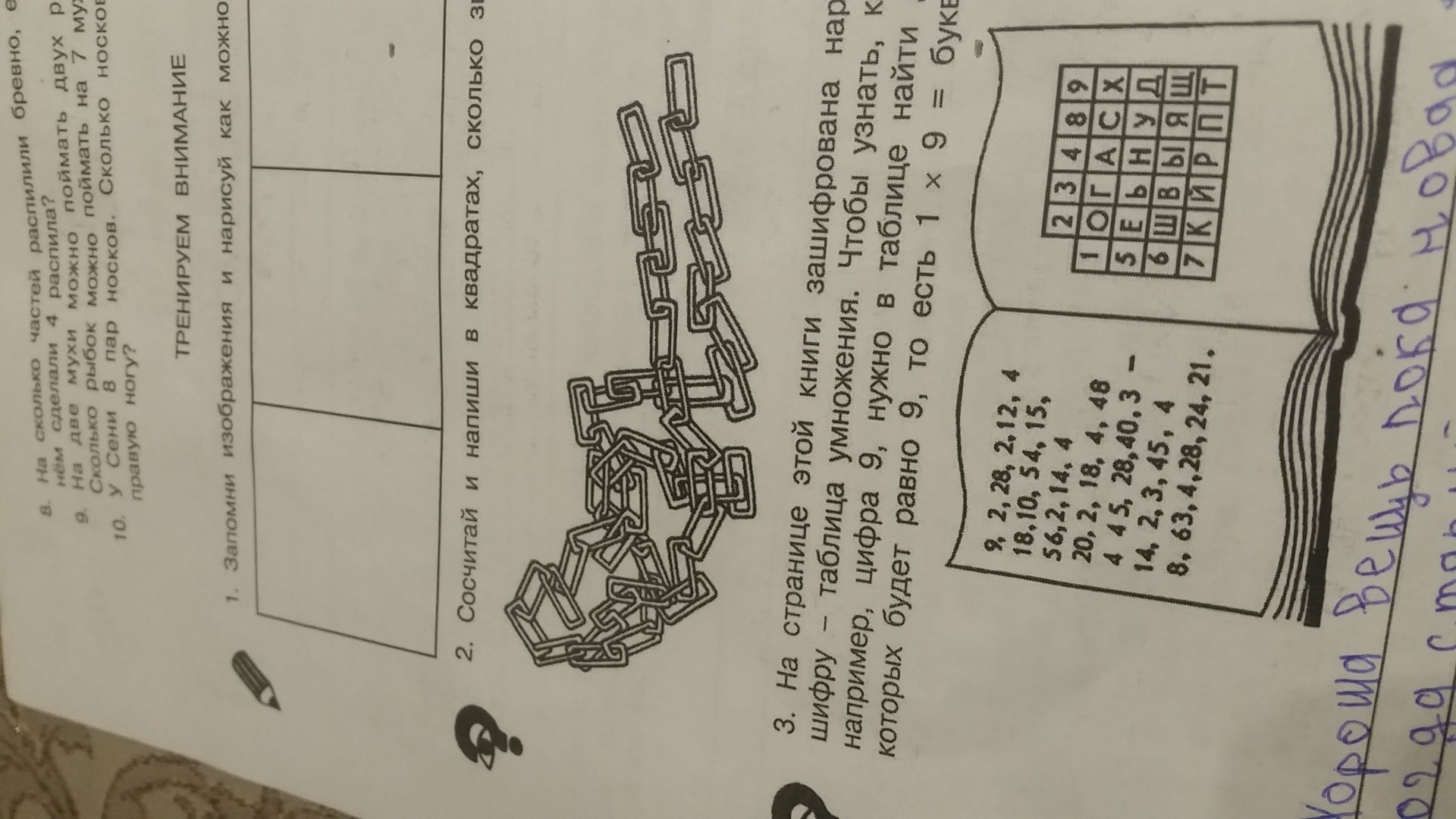Предмет: Биология,
автор: амели234574249716
Свяжите Напиши в квадратах сколько звеньев в каждой цепи
Приложения:

Ответы
Автор ответа:
0
В каждой цепи по 2 звенья,их тут 50
Но в первых двух 1 звенья мы их вычитаем
1)50-2=48(цепей с двумя звеньями)
2)48*2=96(Цепи,с двумя звеньями(Всего))
Но в первых двух 1 звенья мы их вычитаем
1)50-2=48(цепей с двумя звеньями)
2)48*2=96(Цепи,с двумя звеньями(Всего))
Похожие вопросы
Предмет: Українська мова,
автор: nazarshlapak69
Предмет: Английский язык,
автор: dfbm2002
Предмет: Математика,
автор: nghivog
Предмет: Алгебра,
автор: catmeow13